Related Research Articles
The Henry Laurence Gantt Medal was established in 1929 by the American Management Association and the Management section of the American Society of Mechanical Engineers for "distinguished achievement in management and service to the community" in honour of Henry Laurence Gantt. By the year 1984 in total 45 medals had been awarded.
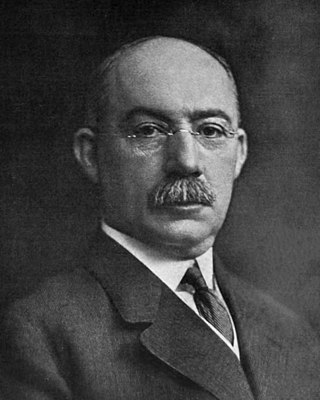
Henry Laurence Gantt was an American mechanical engineer and management consultant who is best known for his work in the development of scientific management. He created the Gantt chart in the 1910s.
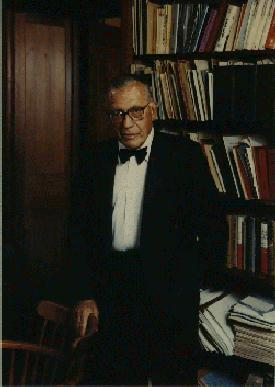
John Thomas Dunlop was an American administrator, labor economist, and educator. Dunlop was the United States Secretary of Labor between 1975 and 1976 under President Gerald Ford. He was Director of the United States Cost of Living Council from 1973 to 1974, Chairman of the United States Commission on the Future of Worker-Management Relations from 1993 to 1995, which produced the Dunlop Report in 1994. He was also arbitrator and impartial chairman of various United States labor-management committees, and a member of numerous government boards on industrial relations disputes and economic stabilization.

James Paul Mitchell was an American politician and businessman from New Jersey. Nicknamed "the social conscience of the Republican Party," he served as United States Secretary of Labor from 1953 to 1961 during the Eisenhower Administration. Mitchell was a potential running mate for the 1960 Republican presidential candidate, Vice President Richard M. Nixon. However, Nixon chose Henry Cabot Lodge Jr. After an unsuccessful run for Governor of New Jersey in 1961, he retired from politics.

Leon Pratt Alford was an American mechanical engineer, organizational theorist, and administrator for the American Society of Mechanical Engineers. known for his seminal work in the field of industrial management.
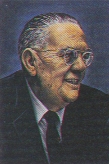
George W. Taylor was a professor of industrial relations at the Wharton School at the University of Pennsylvania, and is credited with founding the academic field of study known as industrial relations. He served in several capacities in the federal government, most notably as a mediator and arbitrator. During his career, Taylor settled more than 2,000 strikes.
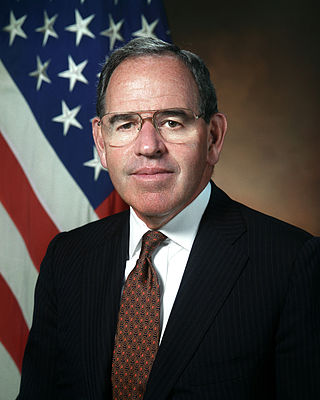
John Patrick White was an American university professor and a government official who served in the Clinton Administration.
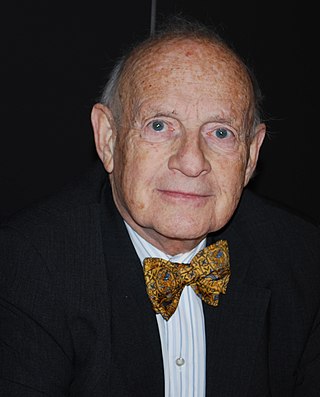
Arnold M. Zack has served as an arbitrator and mediator of labor management disputes since 1957. Born on October 7, 1931, in Lynn Massachusetts, he is a graduate of Tufts College, Yale Law School and the Harvard University Graduate School of Public Administration. He was a Fulbright Scholar, a Wertheim Fellow, President of the National Academy of Arbitrators and member of the College of Labor and Employment Lawyers. He served as a judge of the Asian Development Bank Administrative Tribunal and was President of the Tribunal since 2010. He also served and taught as senior research associate at the Labor and Worklife Program of Harvard Law School and the Harvard Trade Union Program since 1985.
Ordway Tead was an American organizational theorist, adjunct professor of industrial relations at Columbia University, chair of the New York Board of Higher Education, first president of the Society for Advancement of Management (SAM), editor and publishing executive, and prolific author on personnel administration and labor relations, organizational management, higher education, and political science.
Henry Clayton Metcalf was an early American organizational theorist, Professor of Political Science at Tufts College in Massachusetts, and Chairman of Tufts College. He is best known from his publications on management with Ordway Tead and Lyndall Urwick.

Henry Wallace Clark was an American consulting engineer, known for popularizing the work of Henry Gantt with his 1922 work "The Gantt chart; a working tool of management".
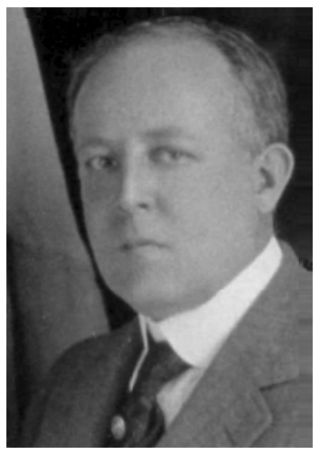
Horace Bushnell Cheney was an American administrator, who was general manager and vice-president of Cheney Brothers Silk Manufacturing Company, in the nowadays called Cheney Brothers Historic District.
Lawrence Asa (Larry) Appley was an American management specialist and organizational theorist, known for his early work on management and organization, especially quality management. In 1962 he was awarded the Henry Laurence Gantt Medal.
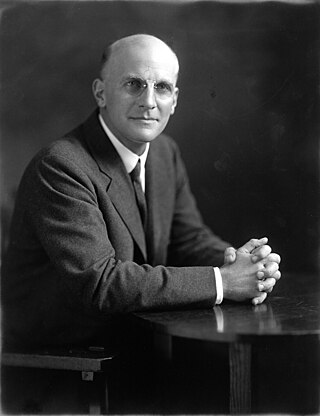
Henry Sturgis Dennison was an American progressive business man, president and owner of Dennison Manufacturing Co. Paper Box Factory, economic analyst, and organizational theorist. He was president of the Taylor Society from 1919 to 1921, and recipient of the Henry Laurence Gantt Medal in 1932.
Paul Eugene Holden was an American mechanical engineer, and Professor of Industrial Management at the Stanford Graduate School of Business, who was awarded the 1941 Henry Laurence Gantt Medal for his contributions to management.
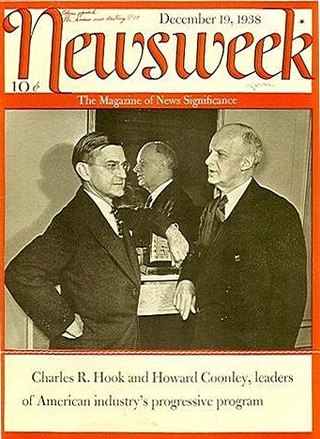
Charles Ruffin Hook Sr. was an American industrialist, second president of Armco Steel Corp., and recipient of the Henry Laurence Gantt Medal in 1950.

Henning Webb Prentis Jr. was an American industrialist, known as president of the Armstrong Cork Company, president of the National Association of Manufacturers, and recipient of the Henry Laurence Gantt Medal in 1956. In the 1940s, he described the “Prentis Cycle”, according to which popular self-governance leads people from bondage to abundance and back to bondage.
Richard Redwood (Red) Deupree was an American businessman, president of Procter & Gamble and chairman of its board. He was the first Procter & Gamble president, who was not a Procter or Gamble family member, and was recipient of the Henry Laurence Gantt Medal in 1959.

Harold Bright Maynard was an American industrial engineer, consulting engineer at the Methods Engineering Council, and management author. He is known as the "Broadway counsel for industries, railroads, state governments" and as recipient of the Henry Laurence Gantt Medal in 1964.
Donald Clemens Burnham was an American business executive at Westinghouse Electric Corporation, and recipient of the 1971 Henry Laurence Gantt Medal. In his days at Westinghouse he was known as "Mr. Automation."
References
- 1 2 3 4 "Arthur Young, 81, Ex-U.S. Steel Aide." in: New York Times, March 7, 1964.
- 1 2 3 4 "Arthur H. Young - Engineering & Science - Caltech, 1964," at calteches.library.caltech.edu. Accessed 10-05-2017.
- ↑ Harvard University (1937), Historical register of Harvard University, 1636-1936. p. 477
- ↑ Lester Robert Bittel, Muriel Albers Bittel (1978), Encyclopedia of professional management, p. 456